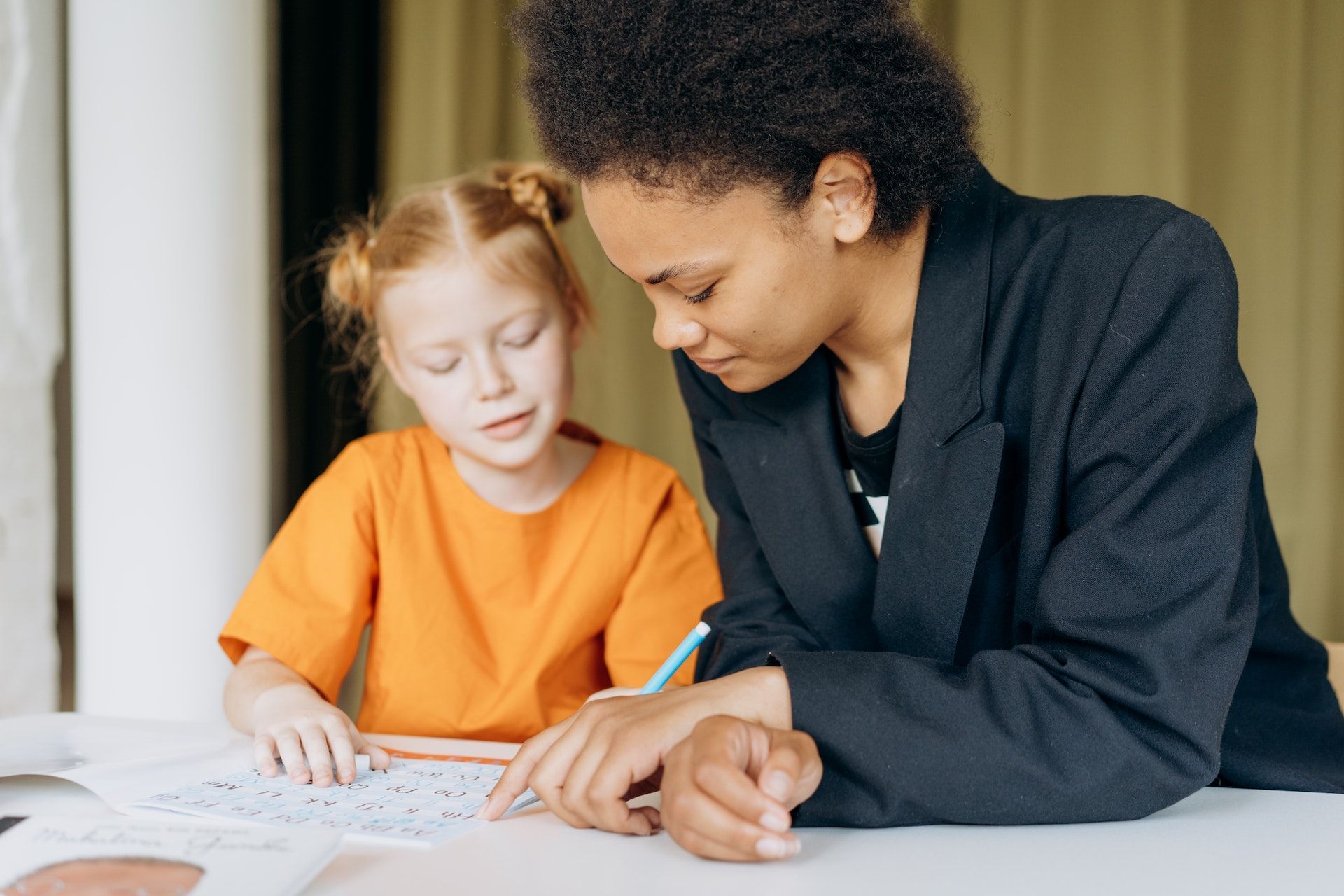Inclusive education: What is it and how to accomplish it?
Inclusive education: What is it and how to accomplish it?
Education is a right guaranteed by law, but in practice, atypical people or people with some type of disability may encounter several barriers in their academic life, from literacy development to college education.
To avoid this, inclusive education (one of Jade's pillars) needs to become a reality in school environments.
What is Inclusive education?
To include is to enable someone to be part of something. In the school context, it is a movement that promotes the insertion of typical and atypical people, with learning difficulties, comorbidities, or with some type of disability in the school environment, creating a diverse classroom.
Inclusion in the school is a way to ensure more equal education and opportunities, enabling children and adolescents to enjoy the same learning experiences, regardless of their personal challenges. This process must be done respectfully and adapted to the specific needs of each student, and promoting different ways of teaching.
Benefits of an inclusive school
- An inclusive school is a plural environment, where children and adolescents will learn that differences must be respected and celebrated;
- Personalized teaching, adapted to the specific needs of each student;
- More equal academic and professional opportunities for atypical people, or with some type of disability or learning difficulties;
- Development of a more respectful, aware and welcoming society.
How to create a inclusive school?
Knowing and following the law
Unfortunately, there are still few countries in the world with laws that guarantee inclusive education. According to UNESCO’s 2020 Global Education Monitoring Report: Inclusion and education – All means all, fewer than 10% of countries have laws that help ensure full inclusion in education.
Although the number is still low, in countries where inclusive education is guaranteed by law, the first step is to learn about these laws. From there, it will be possible to understand the responsibilities of schools. The Brazilian Law for the Inclusion of Persons with Disabilities, for example, guarantees that schools and universities, public or private, must adapt itself to be inclusive for students with disabilities, and not the opposite.
Investing in specialized professionals
For a school to be inclusive, it is essential to invest in hiring specialized professionals, who know different teaching methodologies and who are prepared to deal with students with different profiles (such as dyslexia, ASD and other types of disabilities).

Developing an inclusive Pedagogical Project
In case of enrollment of a student with ASD or any other type of disability, schools need to develop a
pedagogical project adapted to the specific needs of disabled students, as well as other services and reasonable adaptations, to meet the needs of students.
Schools must guarantee their full access to the curriculum, under equal conditions, to games and recreational activities, sports and leisure, in the school system, promoting the achievement and exercise of their autonomy. The autistic child cannot be excluded from any activity practiced in the school environment.
Knowing the specific needs of each student
In addition to following the general development of the class, it will only be possible to create an efficient and inclusive teaching plan after understanding the specific needs of each student. In order to do this, teachers need to invest time getting to know their students, talking to their families and applying performance tests, for example.
Creating an accessible infrastructure
From the support room for children with ASD to the bathrooms adapted for wheelchair users, the school's physical space needs to be entirely accessible. Far beyond assisting students with some type of disability, the concept of inclusion in physical space is beneficial to everyone.
It is important that schools invest in universal design, a set of norms that aim to provide safety, autonomy and comfort for the people who will occupy that place.
Promoting debates, lectures and classes on inclusion
For students to have a respectful environment, it is important that the debate on inclusion and diversity be constant. Prejudices and segregating behavior must be fought, and the best way to avoid them is through education!
Investing in technology - Jade EDU
Technology can be a great ally in the process of inclusive education. An example of this is Jade EDU.
About Jade EDU
Jade Edu is an educational software that supports schools and families, providing learning in a gamified way for children and adolescents with autism, learning difficulties and other diagnoses, such as dyslexia and Attention Deficit Hyperactivity Disorder (ADHD).
The software provides games for students to develop their cognition even outside the school environment. From this assessment, the platform measures their performance, identifies their difficulties and potentials, and provides performance reports to teachers. The data enables the creation of personalized teaching strategies and a more inclusive classroom.
Click here to learn more how Jade EDU works.
Conclusion
Human beings are plural. Therefore, beyond actions aimed at people with autism or other types of disabilities, inclusion is beneficial for everyone!
Todos os direitos reservados | Jade Autism
Assine nossa Newsletter
Fique por dentro de todas as novidades do universo da educação e autismo.
newsletter
Obrigado por assinar nossa newsletter!
Desculpe, houve um erro ao enviar. Tente novamente mais tarde.
Assine nossa Newsletter
Fique por dentro de todas as novidades do universo da educação e autismo.
Contate-nos
Retornaremos assim que possível.
Tente novamente mais tarde.
contato@jadeautism.com
Brasil: Av. Nossa Sra. da Penha, 1255, Sala 705 – Santa Lúcia, Vitória/ES
Emirados Árabes Unidos: Office 16-120, Floor 16, Wework Hub71, Al Khatem Tower - ADGM Square - Al Maryah Island - Abu Dhabi
UK: Innovation Centre, Gallows Hill, Warwick - England - CV34 6UW
US: 5401 S Kirkman Rd, Suite 135 - Orlando, Forida - US - 32819

